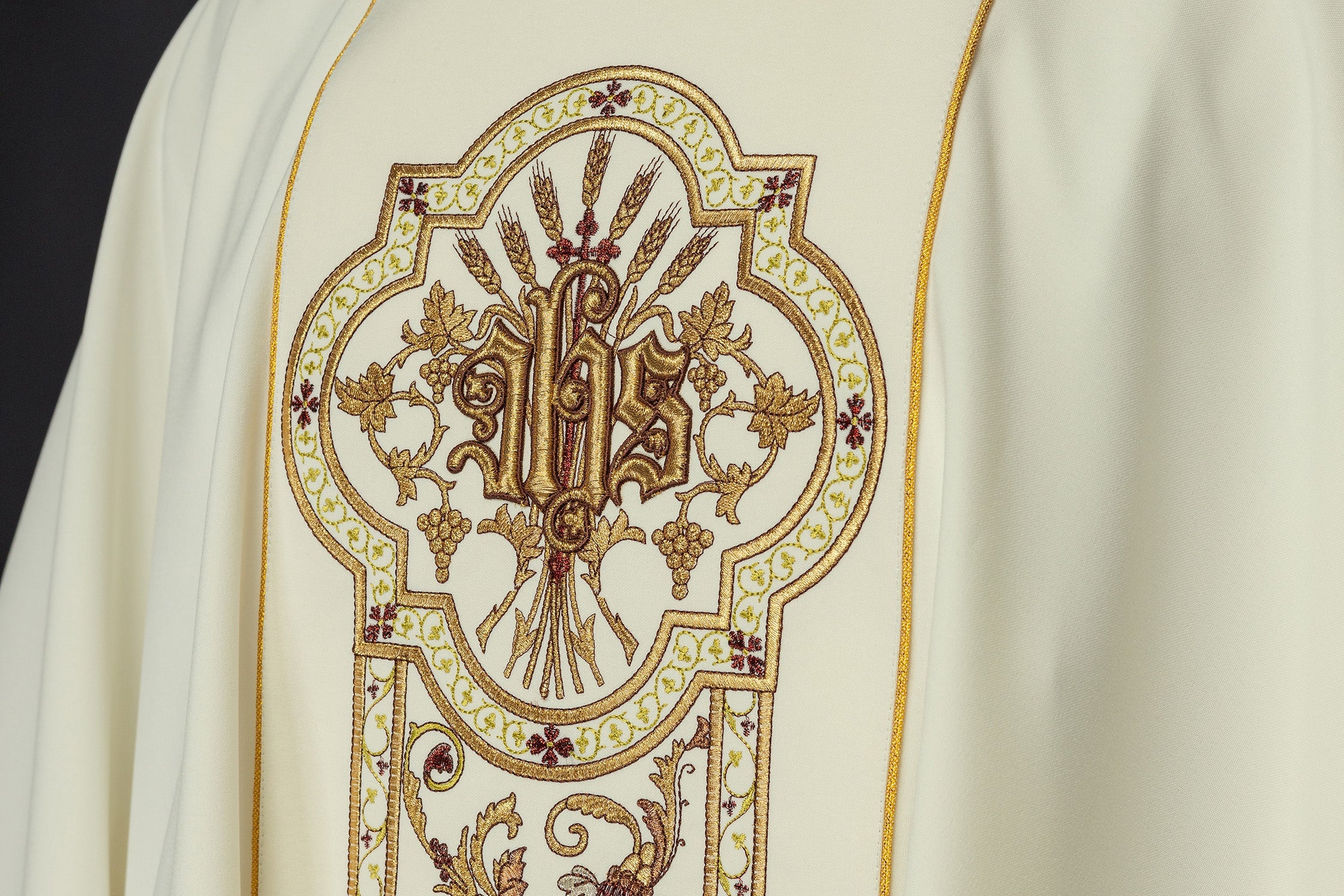
How to Present New Parish Investments to Parishioners?
How to Present New Parish Investments to the Faithful?
Introducing new investments in the parish, whether it's church renovations, the construction of a new pastoral facility, or the purchase of modern equipment, is always a communication challenge. Effectively presenting these projects to the community of the faithful is crucial for their success. It builds trust, engages parishioners in the life of the community, and opens the way to obtaining the necessary support – both financial and moral. Below is a comprehensive approach to this task.
Building Trust and Transparency in Investment Communication
The foundation of any successful communication of parish investments is transparency. Parishioners, as the main donors and beneficiaries of these activities, have the right to know what their funds are being used for and what the plans are for the future. Transparency builds trust, which is the foundation of engagement.
1. Clearly Define the Purpose of the Investment
Before launching a large-scale information campaign, the purpose of the investment should be precisely defined. Is it to improve the aesthetics of the temple? Is it to increase the functionality of the parish building? Is it a response to the specific pastoral needs of the community? A clear definition of the goal makes it easier to translate its meaning later.
2. Create a Detailed Plan and Schedule
Every major investment should have its own plan, including the stages of work, estimated costs, and implementation schedule. Making this information available to the faithful, even in a simplified form, shows a professional approach and gives an idea of what to expect.
3. Regularly Inform About Progress
Communication should not be limited to the moment the investment is announced. It is crucial to provide ongoing updates on the progress of the work. This can be done through:
- Announcements in the church during Holy Masses.
- Information on the parish website or social media.
- Posting photos and short videos documenting the work.
- Weekly or monthly summaries on the notice board.
Regularity and consistency of the message are invaluable here.
Using a Variety of Communication Channels
In today's world, effectively reaching the faithful requires the use of multiple channels. You cannot rely solely on traditional methods, but it is also worth supplementing them with modern solutions.
4. Traditional Communication Methods
Despite the development of technology, traditional channels still play a key role in parish communication:
- Pastoral Announcements: Information conveyed directly by the priest during Holy Masses has the greatest weight and strength of message.
- Parish Notice Board: It is the center of information about current events and plans. It is worth placing detailed information, graphics, and even a list of necessary materials or labor there.
- Parish Newsletter: If the parish publishes its own newsletter, it is worth dedicating part of it to a comprehensive article about the investment.
5. Modern Communication Channels
The use of modern technologies can significantly expand the reach of information:
- Parish Website: It is an ideal place to create a dedicated section devoted to the investment, containing all the necessary information, photos, financial reports, and even donation forms.
- Social Media (Facebook, Instagram): Short updates, visually attractive posts with photos of the progress of work, as well as live streaming from construction visits can attract the attention of younger parishioners and people active online.
- E-mail Marketing: If the parish has a database of e-mail addresses of the faithful, regularly sending newsletters with information about the investment can be very effective.
6. Organization of Information Meetings and Open Days
Direct contact with parishioners is invaluable. Organizing information meetings during which representatives of the parish council or contractors can answer questions, dispel doubts and present plans is extremely important.
What Exactly to Communicate to the Faithful?
The content of the information provided should be rich and engaging, responding to the various information needs of the parishioners.
7. History and Context of the Investment
It is worth telling the story that led to the decision to make a given investment. What was the need? What were the earlier attempts? The historical and motivational context helps to understand the importance of the undertaking.
8. Detailed Description of the Project and Its Significance
It should be described exactly what will be implemented, what will be the stages of work, and what materials will be used to make key elements. It is equally important to explain what benefits the investment will bring to parish life and the local community.
9. Information on Costs and Financing
This is one of the most delicate, but also the most important aspects. The estimated costs, sources of financing (grants, own funds, collections) should be clearly presented and an appeal for support should be made. Transparency in this matter is absolutely crucial.
10. Visualizations and Projects
If possible, it is worth presenting visualizations of the planned changes – architectural plans, interior designs, 3D models. Visualizations help the faithful imagine the end result and better understand the scale of the project.
11. Appeal for Support and Ways to Provide It
A clearly defined appeal for specific forms of support – financial (transfers, donations for a specific purpose), material (donations of building materials, equipment), or spiritual (prayer for the success of the investment) – is essential.
12. Thanks for Previous Support
Regularly expressing gratitude for previous help, both financial and in the form of work or prayer, builds positive relationships and motivates further engagement.
How to Effectively Engage Parishioners in the Process?
In addition to informing, it is important that the faithful feel part of this project.
13. Involvement in the Decision-Making Process (Where Possible)
In some aspects of the investment (e.g. choice of colors, minor elements of decor), the faithful can be given the opportunity to express their opinion or vote. This builds a sense of co-responsibility.
14. Volunteering and Community Work
Often, parishioners are ready to help not only financially, but also with their own work. Encouraging volunteering for minor works (cleaning the area, helping with the organization) can be very valuable.
15. Creating a "Book of Sponsors" or "Wall of Gratitude"
Clearly marking the contribution of people or companies that have significantly supported the investment is a form of appreciation and motivation for others.
Summary: Key to Success
Effective presentation of new parish investments is a multi-stage process that requires a well-thought-out communication strategy. The key is to build transparency, use a variety of information channels, provide comprehensive and engaging content, and actively involve the community of the faithful in the life of the parish. Let us remember that every investment is a joint work, and its success depends on joint commitment and understanding. If you are planning renovations or are looking for high-quality finishing materials that can be part of such investments, it is worth familiarizing yourself with the offer of Haftina Textile Group, which specializes in high-quality liturgical fabrics, vestments and church accessories that can give new sacred spaces a unique character.





